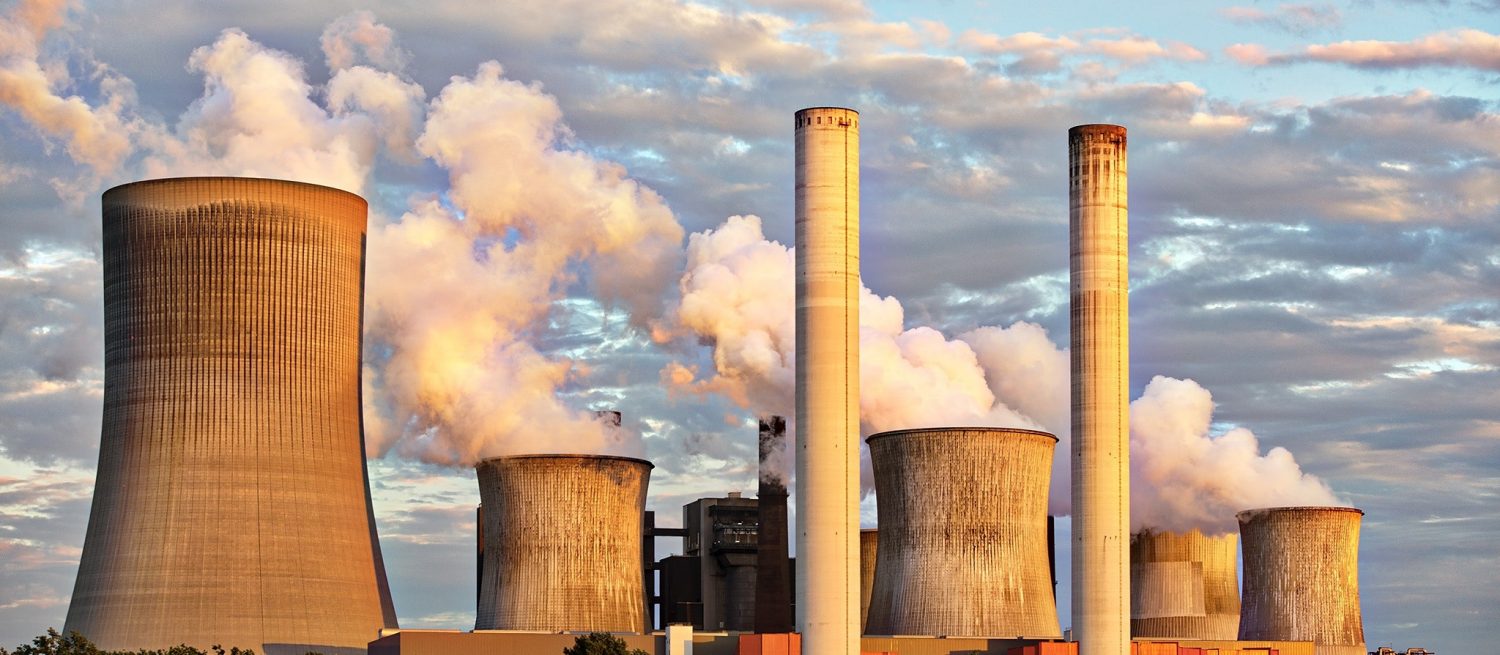

Compliant EPA Protocol Gases for Emissions Testing
When the Clean Air Act was established in 1970 as a federal law, the Environmental Protection Agency (EPA) was tasked with monitoring pollutants that could wreak havoc on public health and welfare.
With an unceasing concern for climate change, the EPA continues to implement monitoring systems to limit air pollution from the smokestacks and exhaust that plume from electrical utilities and powerplants, large-scale industrial companies, and private and public transportation. According to the EPA, petroleum refineries, as well as acid, glass, and cement manufacturing plants are powered with coal-fire, making them some of the leading producers of emissions in the world. These plants often produce sulfuric acid mist and rain.
The Clean Air Act in cooperation with the EPA has a 40-year history of reducing (and aims to continue to reduce) the following:
– Ground-level ozone (the cause of smog)
– Mercury emissions
– Carbon and greenhouse gas emissions
– Pollutants that cause acid rain (sulfur dioxide, nitrogen oxides)
– Pollutants that burn holes in the ozone layer
When these pollutants are high, it disrupts public health and safety through several avenues by fueling global climate change. Pollutants contribute to extreme weather events, extended heat waves, and cause ground-level ozone pollution to breed respiratory illnesses. Industrial companies and power plants contribute to these risks more than the average single household, making it all the more important for them to abide by the Clean Air Act by testing emissions.
Emissions Testing with Atmospheric Gases
To achieve accurate measurements, emissions testing of any kind requires an ultra-high purity calibration gas to calibrate instruments used for testing. Calibration gases are mixed with zero gases, which are pure gases that do not contain the gas being measured. The zero gas – made up of gases like synthetic air, nitrogen, hydrogen, argon, and helium – calibrates instruments used to monitor emissions by setting the zero point. Calibration mixtures require ultra-high-purity certification in order to give the precise measurement required by the EPA, which will save time and money. Gas suppliers will only mix and test specialty gas mixtures when they are specially ordered, which can take more time than ordering a single-gas cylinder. When gases are wasted if readings are done incorrectly, companies may have to wait a while longer until new cylinders are ordered. This, of course, is why the EPA makes every effort to partner with reliable distributors.
Where to Buy EPA Protocol Gases
Gas suppliers like Rocky Mountain Air Solutions provide certified high purity gases that are up to the EPA’s high standards. At Rocky Mountain Air, our partnership with PurityPlus specialty gases ensures that EPA Protocol gas mixtures are free of impurities with a certificate for verification. With such an essential government regulated standard, it is important to find a gas provider that will serve you with flawless dependability. RMA recognizes that providing trustworthy gas mixtures will eliminate unnecessary complications with your instruments, and unnecessary spending. At RMA, we are dedicated to creating customizable solutions that will ensure your cylinders are certified and compliant with EPA protocol. Do keep in mind that since these gases are made to order, ordering specialty gas mixtures well in advance will allow for timely delivery.
RMA is able to provide EPA Protocol gases for the required industries in the Rocky Mountain Region (Colorado, Wyoming, Idaho, Utah, Nebraska). Please contact your local branch to speak to a representative about questions regarding EPA Protocol Gases, PurityPlus certification, and potential partnership. We look forward to serving you!



